A Full Guide to Traditional Healing Practices in Mexico
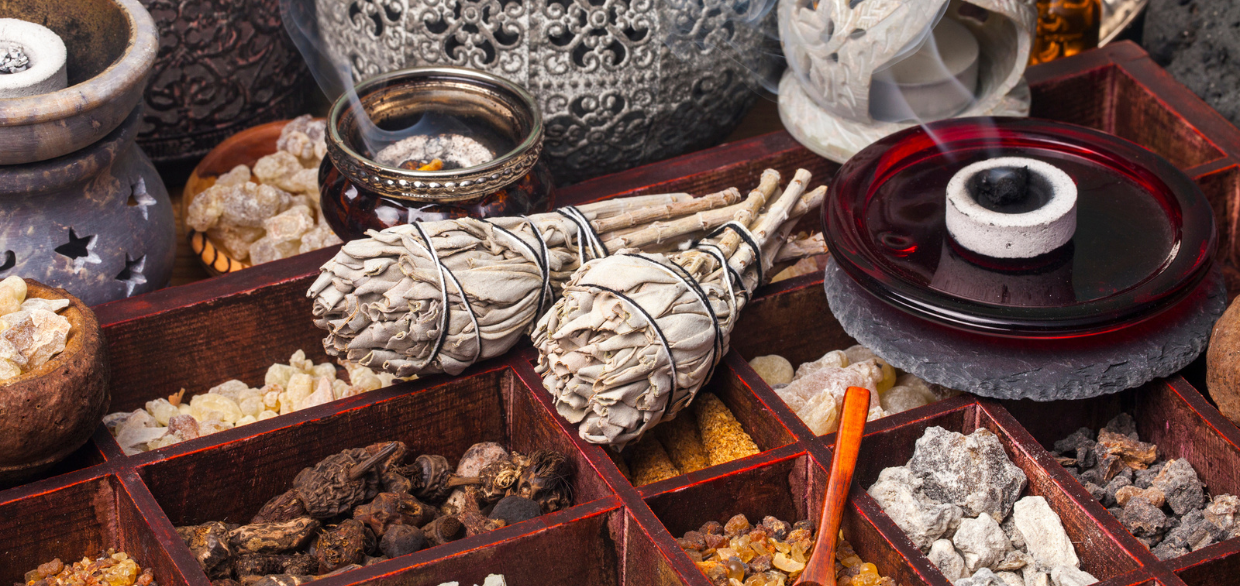
Updated On: April 22, 2024 by Maha Yassin
Traditional healing practices in Mexico are a rich tapestry woven from the ancient traditions of the Aztec and Maya civilisations, interlaced with Spanish colonial influences. These practices have survived centuries, adapting and integrating various cultural elements to remain vital to Mexican society today. At their core, these healing traditions are built on the belief that health balances physical, spiritual, and emotional well-being.
The knowledge and techniques of traditional Mexican healers, or curanderos, are rooted in a holistic approach to medicine. This approach often incorporates medicinal plants, spiritual rituals, and therapeutic techniques inherited from their ancestors. Modern-day practices derived from these traditions can still be witnessed in various forms, reflecting a unique cultural syncretism that is central to the identity of Mexican healing.
The Foundations of Traditional Mexican Healing
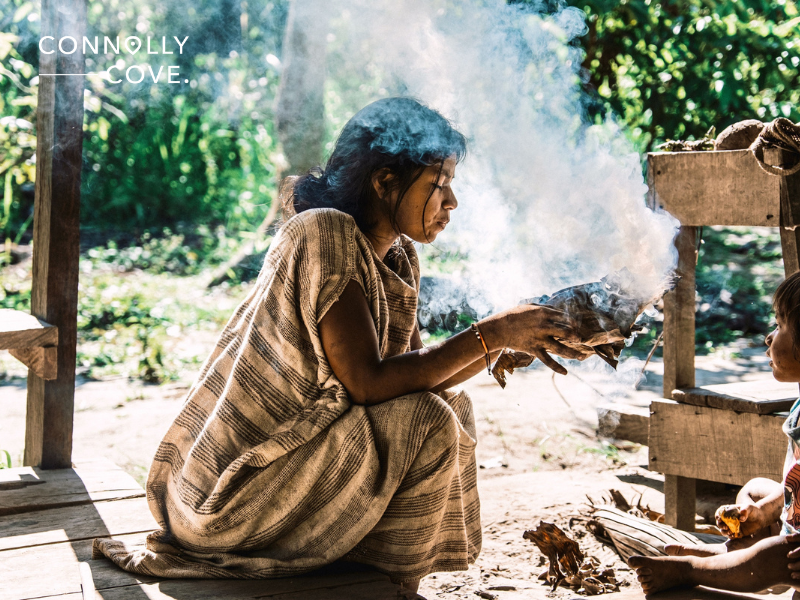
Before we delve into the complex tapestry of traditional Mexican healing, it’s essential to understand that its roots are deeply entwined with Aztec and Mayan beliefs and the profound influence of indigenous cultures.
Influence of Aztec and Mayan Beliefs
The ancient empires of the Aztec and Mayan peoples have significantly shaped Mexican folk healing practices. Both civilisations believed in a holistic approach to well-being, interlinking an individual’s spiritual and physical health. Aztec healing, for example, incorporated a variety of medicinal herbs and rituals honed through detailed knowledge of their natural environment. Similarly, Mayan traditional medicine was about curing diseases and preventing them through a balance between the body and soul.
The Role of Indigenous Cultures in Shaping Modern Practices
Indigenous cultures across Mexico have preserved their ancestral folk healing traditions, continually influencing modern practices. These groups have safeguarded their cultural identity through the oral transmission of healing techniques, marrying these age-old practices with today’s more recognised medical methods. In contemporary Mexican folk healing, you’ll find a seamless blend where the wisdom of the indigenous ancestors still plays a pivotal role in addressing physical and emotional ailments.
Key Concepts of Traditional Healing Practices in Mexico
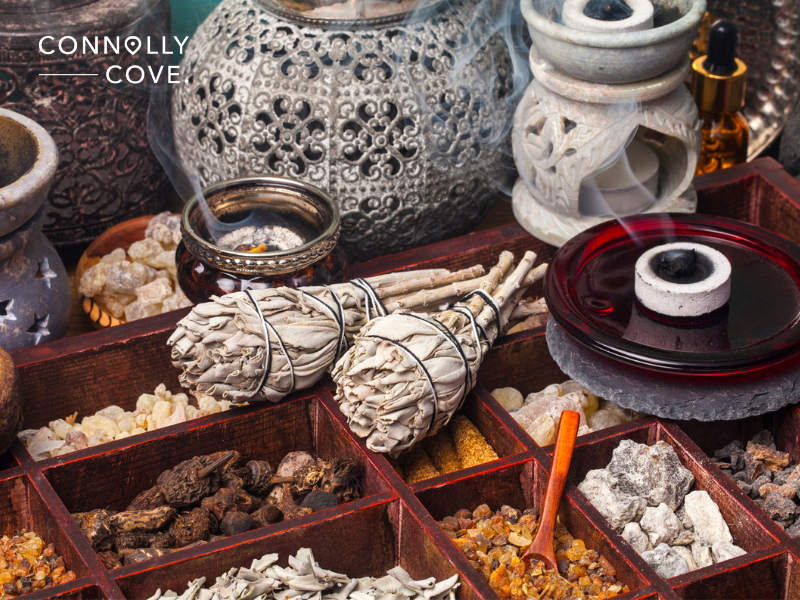
In exploring traditional Mexican healing practices, we focus on the powerful concepts of balance, harmony, and spirituality. These abstract ideas and tangible principles guide Mexican culture‘s holistic approach to health and well-being.
Understanding Balance and Harmony
Balance and harmony are foundational to traditional Mexican healing. The belief is that health exists when there is a state of equilibrium between the body, mind, and spirit. Any ailment is thus seen as an imbalance that needs to be addressed. Mexican healing practices often restore this balance through herbal remedies, diet, and physical therapies. Naturally, available resources are preferred, as they are thought to be in tune with the body’s rhythms.
Spirituality in Mexican Healing Practices
Spirituality is deeply ingrained in Mexican healing rituals. Healing is not just about treating symptoms but involves spiritual practices considering a person’s emotional and spiritual dimensions. Spiritual rituals such as cleansing ceremonies, prayer, and the involvement of deities or ancestors are vital. These practices signify a profound respect for the spiritual forces and entities believed to influence health and are integral to realising harmony within oneself and the universe.
The Lasting Impact of Aztec Medicine
In exploring the rich tapestry of Mexican healing practices, we find Aztec medicine has left a profound legacy, shaping modern approaches through ancient knowledge and techniques.
Ancient Aztec Healing Techniques
Aztec healing involved a blend of spiritual beliefs and practical medical knowledge. They were adept in utilising a variety of plants for healing purposes, some of which are still used in traditional Mexican remedies today. Their extensive understanding of medicinal plants’ properties formed the backbone of their healthcare.
Herbal Medicine in the Aztec Era
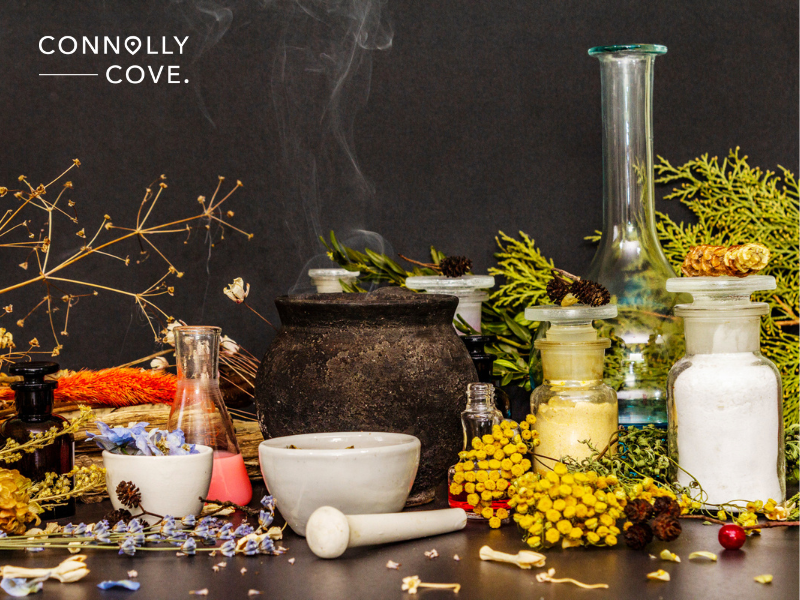
Herbal medicine was integral to Aztec practices, with an impressive pharmacopoeia derived from the vast biodiversity of the region. They employed medicinal plants such as cacao for its energising properties and chilli for its pain-relieving effects. Our understanding of these herbal applications owes much to the detailed records kept by the Aztecs.
Surgical Advances by the Aztecs
The Aztecs exhibited remarkable skill in surgical procedures, advancing in areas such as dental surgery and treating war injuries. They performed intricate surgeries with obsidian blades, evidence of which is still admired today for its precision. Such techniques were revolutionary and indicative of a deep understanding of human anatomy.
With its rich blend of Aztec healing practices, Aztec medicine remains a cornerstone of traditional Mexican healing, reflecting the civilisation’s lasting impact on health and medicine.
Common Medicinal Plants and Their Uses
Medicinal plants have long been the cornerstone of curative practices in Mexico, dating back to the sophisticated herbal knowledge of the Aztecs. Today, various herbs are used to create herbal remedies that serve not only to treat physical ailments but also to maintain overall health.
Aloe Vera and garlic stand out for their broad therapeutic range and ease of use, making them integral to traditional and contemporary Mexican healing practices.
- Aloe Vera: Often grown directly in homes for emergency use, aloe vera is a versatile plant whose extract can hydrate the skin and be an anti-inflammatory agent.
- Garlic: With a reputation as a natural antibiotic, garlic is used to ward off colds and infections and to promote heart health due to its reported ability to lower blood pressure and cholesterol levels.
Herbs like chamomile, sage, and rosemary are also commonly found in Mexican gardens, reflecting the enduring legacy of traditional herbal practices. Each plant is carefully selected for its specific healing attributes, showing a deep understanding of the natural world’s capacity to foster well-being.
Through our commitment to exploring and sharing knowledge of global cultural practices, we’ve seen how these plants are not merely remedies but also a testament to a rich tradition interweaving botanical wisdom with daily life, ensuring these ancient practices are preserved for future generations.
Modern-Day Practices Derived from Tradition
In Mexico, the deep roots of traditional Mexican healing have branched out into current healthcare practices, illustrating a rich blend of past wisdom and contemporary approaches.
Curanderismo: A Synthesis of Mexican Folk Healing
Curanderismo remains a vital part of Mexico’s cultural heritage, where curanderos, or traditional healers, offer a unique and spiritual form of healthcare. This practice is a testament to the endurance of indigenous knowledge, integrating Mayan, Aztec, and Spanish Catholic traditions. These healers employ a range of natural remedies and believe in their craft as a spiritual calling, a knowledge handed down through families. For instance, medicinal plants derived from pre-Columbian times continue to play a significant role in Curanderismo, addressing physical ailments and emotional well-being. Today, through the holistic approach to healing, curanderos contribute to the health of their communities in ways that are both time-honoured and adapted to modern needs.
The Integration of Traditional and Alternative Medicine
In modern healthcare settings, there’s a growing acceptance of integrating traditional medicine with alternative medicine methods. This synergy offers a comprehensive approach, incorporating natural remedies and indigenous healing principles alongside conventional medical treatments. Hospitals and clinics may refer patients to curanderos for certain conditions, especially when a holistic approach to healing is desired. This confluence respects the efficacy of traditional practices while embracing advancements in medical science, providing patients with a broad spectrum of treatment options that honour Mexico’s rich cultural legacy.
Cultural Syncretism in Mexican Healing
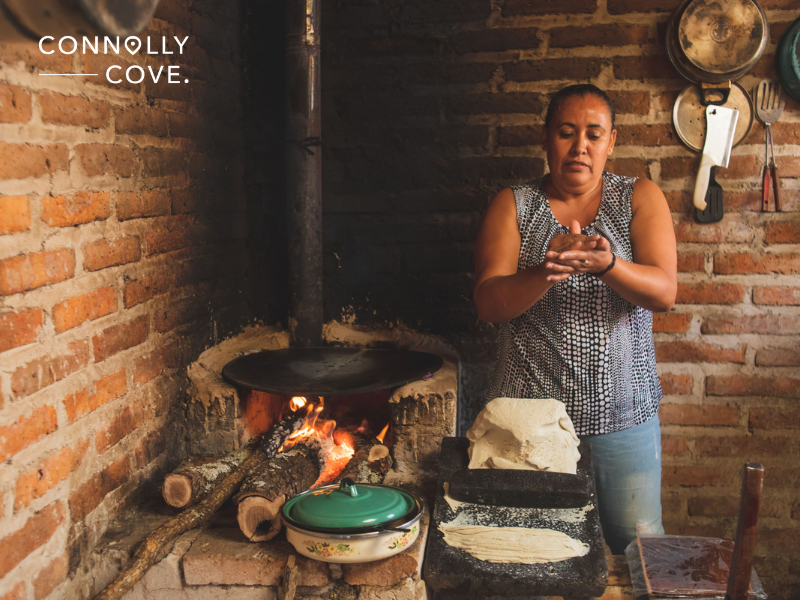
In exploring Mexican healing practices, we encounter a rich tapestry woven from the enduring threads of indigenous traditions and Catholic beliefs. Our journey reveals a dynamic interplay between ancient rituals and spiritual faith, shaping the unique Mexican healing arts landscape.
The Blend of Indigenous and Catholic Practices
Mexican healing traditions exhibit a profound integration of native and Spanish Catholic elements. This syncretism began with the Spanish conquest, which saw a fusion of the spiritual rituals of the Aztecs with the Christian doctrines of the Spaniards. As curanderos and curanderas expertly navigate this cultural confluence, they draw upon a cosmology that respects the natural world and its connection to the divine. Indigenous beliefs in the sacredness of the earth and its elements are often coupled with the veneration of Catholic saints, giving rise to a distinctive modality of healing practices that honour both ancestries.
The remedies and rituals these healers practice are as diverse as the cultures they come from. Treatment may involve using medicinal herbs known to the ancients, prayers from the Christian tradition, and ceremonies that recall pre-Hispanic spiritual guidance. For many, these blended traditions are not just medical interventions but a way to maintain a bond with their cultural history.
Contemporary Spiritual and Physical Healing Methods
Moving into the modern age, the tapestry of Mexican healing continues to evolve, integrating contemporary needs with time-honoured wisdom. Curanderos and curanderas remain at the cultural crossroads, preserving and adapting indigenous methodologies to serve today’s communities. In present-day healing, one may find massages, herbal remedies, and spiritual cleansings known as ‘limpias’, designed to treat the body, mind, and spirit. These methods address a holistic understanding of health deeply rooted in the worldview of Mexico’s ancestors.
The synergy of spiritual and physical healing methods is a testament to the resilience and adaptability of Mexican healing practices. Far from being a relic of the past, the diverse techniques employed by these traditional healers are evidence of a living tradition that bridges ancient wisdom with modern life. The continued relevance of these practices signals a resistance to the erasure of indigenous identity and a celebration of a vibrant cultural heritage that endures through the ages.
Therapeutic Techniques and Practices

In the realm of traditional Mexican healing, a variety of specific techniques are integral to addressing physical and spiritual ailments. We explore some of these practices below.
The Use of Massage and Limpia
Massage, often considered a key component of traditional Mexican healing, alleviates physical pain and promotes relaxation. The practice extends beyond mere physical manipulation of muscles; it holistically integrates the release of emotional and energy blockages in the body. Similarly, Limpia, an energy-cleansing ritual, involves sweeping herbs or eggs over the body to cleanse the individual’s aura, believed to dispel negative energy and restore balance.
Implementing Poultices, Tinctures, and Amulets
To address various ailments, healers apply poultices made of natural ingredients directly onto the skin. These are crafted to reduce inflammation or heal wounds as a medium to draw out infections. Furthermore, tinctures—alcoholic extracts of plants—are commonly administered for their therapeutic properties. Lastly, amulets are deeply rooted in the spiritual aspect of Mexican healing and are worn to protect against illness or to attract positive energy.
Eating Habits and Their Role in Preventing Illness
In Mexico, the traditional diet has been a cornerstone of culture and health, with various foods contributing to disease prevention through their nutritional value.
Traditional Mexican Diet and Nutritional Contributions
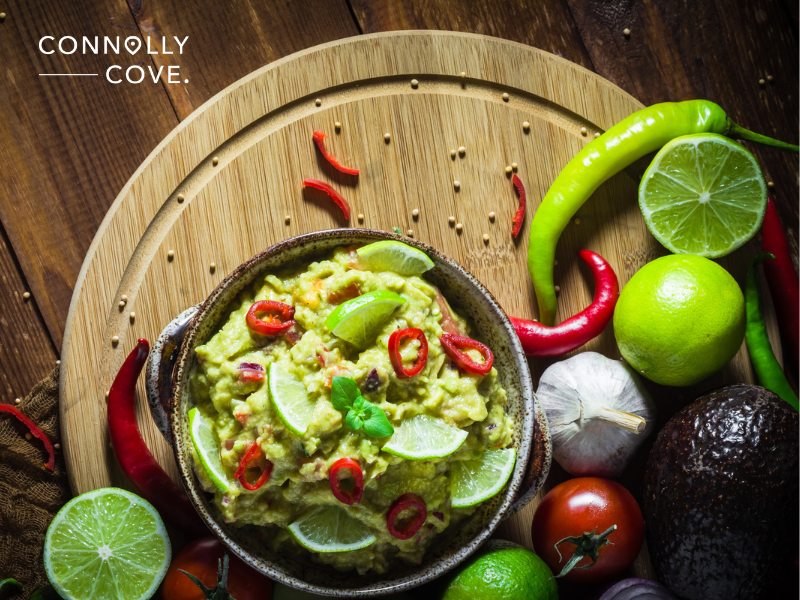
The traditional Mexican diet, rich in maize and beans, is a powerhouse of essential nutrients. Maize, or corn as it’s widely known, serves as the staple grain and is an integral part of the Mexican culinary heritage, providing a valuable source of carbohydrates, vitamins, and minerals. Beans, another staple, complement maize by offering high-quality proteins and fibres.
- Maize: High in carbohydrates and a good vitamin B, magnesium, and phosphorous source.
- Beans: Rich in protein, fibre, iron, and several B vitamins.
Consuming these staples alongside other plant-based components of the diet helps to create a balanced nutrition profile that can contribute to a lower risk of chronic diseases.
The Healing Properties of Common Foods
In traditional Mexican healing, certain foods are revered not just for their taste but also for their medicinal properties. For example, originally consumed as a bitter beverage, chocolate is now recognised for its antioxidant content.
- Chocolate: Contains flavonoids and has been linked to improved heart health when consumed in moderation.
This understanding of the health benefits embedded within foods such as chocolate has evolved, marrying ancient wisdom with modern nutrition science. By integrating these elements, the Mexican diet continues to be a key factor in maintaining health and preventing illness.
Addressing Mental and Emotional Well-Being
In traditional Mexican healing practices, addressing mental and emotional well-being is as crucial as treating physical ailments. Our approach to healthcare not only recognises but also respects the balance between the body and mind.
Traditional Approaches to Common Emotional Ailments
The Aztec influence on traditional Mexican healing has endowed us with a rich heritage of addressing emotional distress through holistic methods. Ticitl, the Nahuatl word for healer, would approach ailments like susto (a shock or sudden fear) by re-establishing equilibrium within the individual. This often involves rituals, plants, and prayer to restore the person’s spirit. Holistic healing also recognises the impact of the evil eye on the mental state; thus, treatments include protective amulets or cleansing rituals.
Preventing and Treating Negative Energy and Spiritual Harm
We see health as more than just the absence of disease—a state of complete physical, mental, and spiritual well-being. To this end, preventing and treating negative energy and spiritual harm are integral to our healing processes. Cleansing ceremonies, such as those performed by traditional healers, aim to rid the individual of spiritual ailments that manifest as psychological distress. Prevention can include using protective symbols or practices to ward off the potential harm of the evil eye.
Conservation of Medicinal Knowledge
As custodians of ancestral wisdom, we recognise the imperative of conserving the vast expanse of medicinal knowledge nurtured across generations. The meticulous documentation of remedies and treatments and concerted educational initiatives to ensure knowledge transmission serves as this preservation’s bedrock.
Documenting Remedies and Treatments
We’ve observed a rigorous effort to document and catalogue an array of traditional remedies and treatments derived from the rich biodiversity of Mexican plants. These efforts create an indispensable reference for current and future traditional medicine practitioners. For instance, a study detailing Aztec plant usage and taxonomy helps preserve the understanding of ancient applications still relevant today in villages such as Amatlán in northern Veracruz.
Utilising many sources, from ethnobotanical research to historical accounts, practitioners and researchers catalogue treatments historically used for ailments ranging from the common cold to more complex diseases. Compiling these resources ensures that the knowledge of Mexican folk healing, including Mayan, Aztec, and Spanish Catholic traditions, is not lost.
Educational Efforts and Knowledge Transmission
The continuity of traditional medicine is secured through educational efforts that aim to imbue new generations with the significance of these Mexican healing practices. Knowledge transmission often occurs within families, with skills and understanding of medicinal plants and therapeutic techniques passed down through generations. Moreover, curanderos, or folk healers, see sharing their knowledge as a spiritual vocation underpinning these traditions’ cultural and personal importance.
Formal efforts, such as workshops and courses, ensure that a wider audience can access this information. By establishing training and mentorship opportunities, communities take proactive steps to preserve their heritage and provide effective, time-honoured treatments to those in need.
Healing practices in Mexico represent a rich and multifaceted tapestry woven from Indigenous knowledge, Spanish influences, and a deep respect for the interconnectedness of mind, body, and spirit. These traditions, focused on holistic well-being, provide a framework for addressing physical ailments, emotional imbalances, and spiritual disharmony. Their enduring significance is undeniable; even in our modern era, many seek guidance and treatment from traditional healers like curanderos. By offering alternative pathways to health and wellness, these practices serve as a valuable reminder of honouring ancestral wisdom and nurturing the intricate relationship between ourselves and the world.






